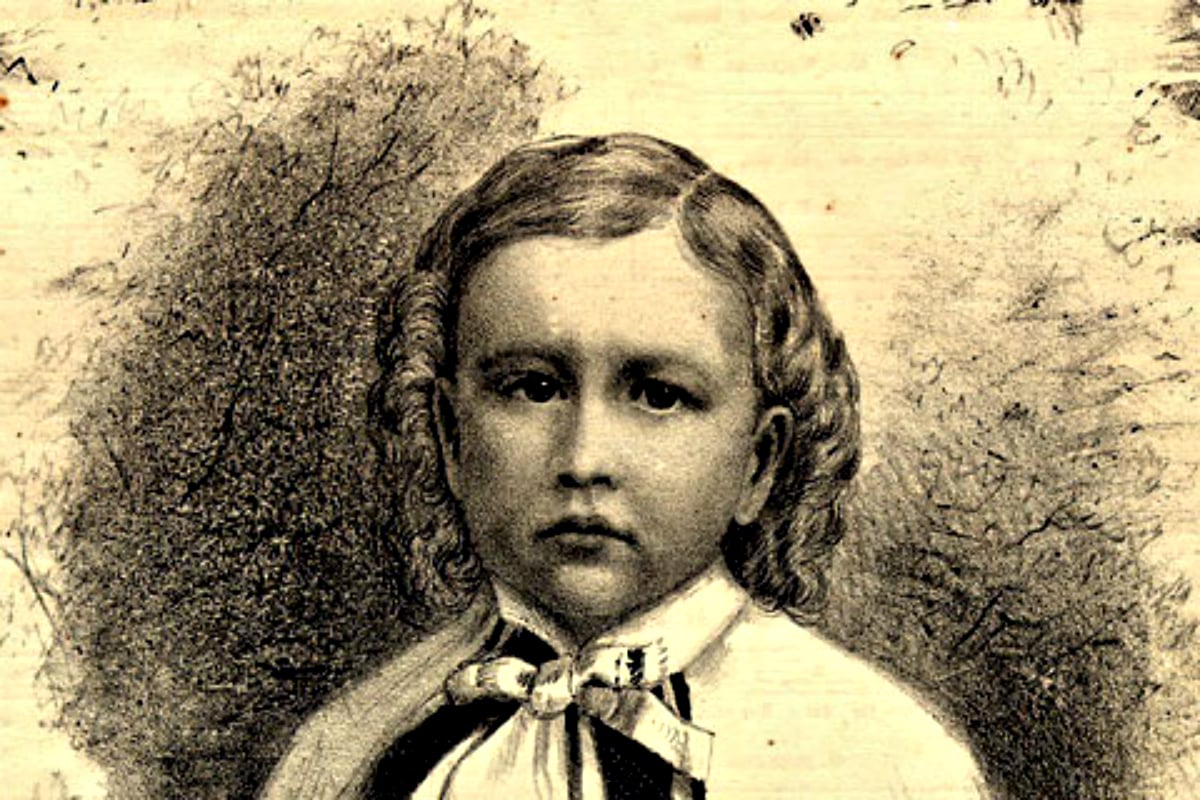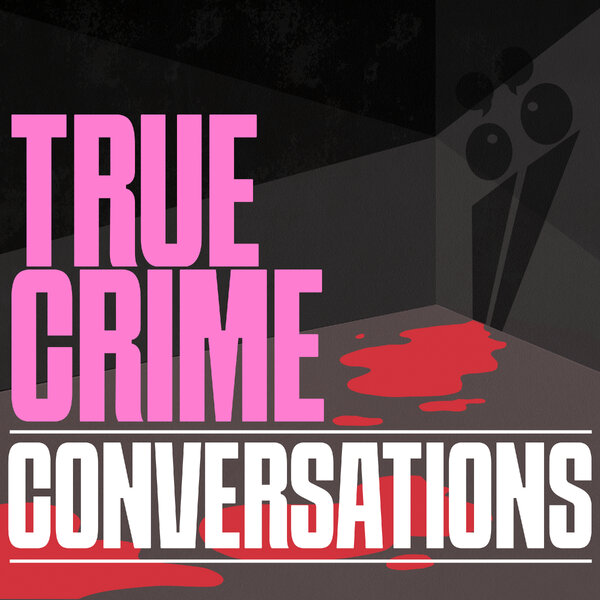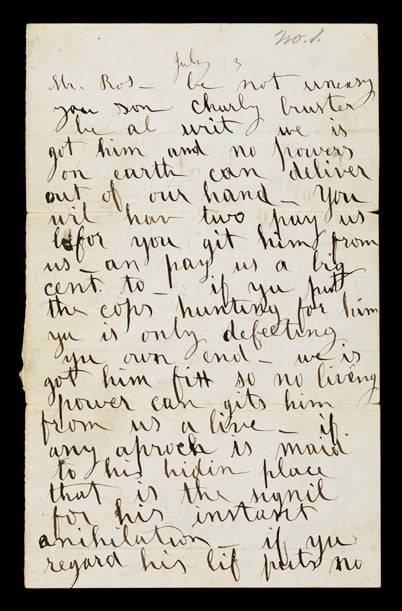
It was July 1, 1874. Six-year-old Walter Brewster Ross took his four-year-old brother, Charley, to play outside their home in the leafy, affluent suburb of Germantown, Philadelphia.
As they frolicked on their front lawn, a black buggy rolled up with two familiar men inside. The boys had spoken to them just days earlier; they’d given the brothers lollies and offered to take them for a ride. But Walter and Charlie had refused that day, remembering their father’s warnings not to accept gifts from people they didn’t know.
But on this summer afternoon, the men offered something irresistible, especially with Independence Day approaching. Fireworks.
The boys went in the buggy to a local store, where Walter was handed 25c and sent in to buy the crackers. When he returned the men and the vehicle were gone. Charley was nowhere to be seen.
***
The case of little Charley Ross, one of the most famous missing persons cases in American history, is believed to be the origin of that cautioning urge, “Don’t take candy from strangers”.
It’s also recognised as the country’s first ransom kidnapping.
Two days after Charley vanished, a letter arrived at his father Christian’s drygoods store in downtown Philadelphia, according to The Smithsonian. It was scrawled in black ink, the writing appeared unsteady and was riddled with errors.






























































































